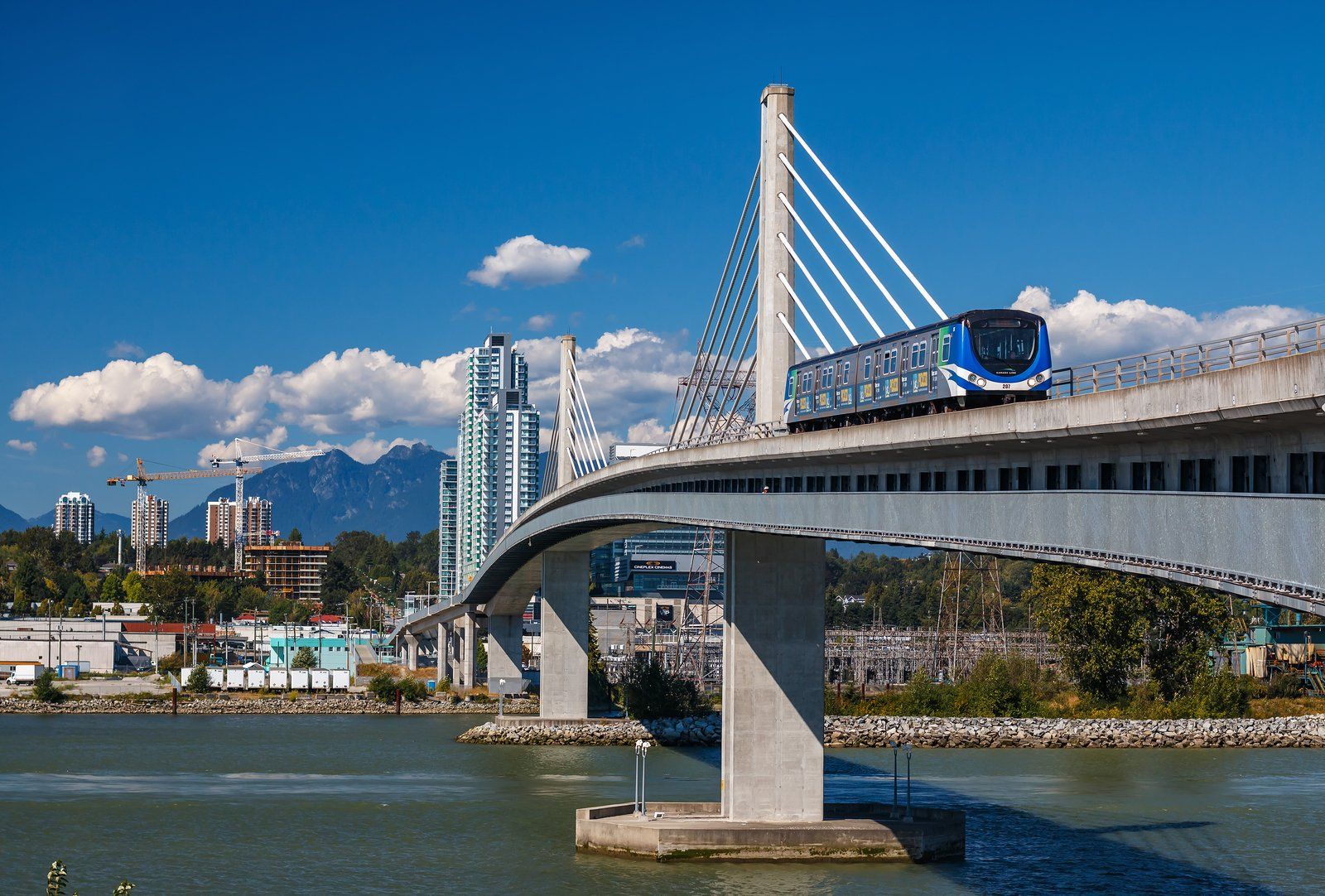How Transit Lines Affect Rental Housing
- By Admin
- •
- 19 Jul, 2018

“When you put in rapid transit investments, you have to densify,” Mayor Richard Stewart told the National Post at the time. “If you look across Metro Vancouver right now, there’s pressure to take low-density apartment buildings that have reached the end of their life and put in high-density options. The rest of the world does that ... we’re just a little behind.”
This inevitable removal of affordable rental housing along transit lines has a drastic effect on the residents of the communities they intend to serve. In the city of Vancouver, there is a rental control bylaw that requires one-for-one replacement of demolished rental units in redevelopment projects involving six or more dwelling units. But outside the city, there are no such protections.
“We’re seeing a rapid change in [Burnaby] neighborhoods and the loss of a lot of affordable apartment units,” says geography PhD Craig Jones. “This has been made possible through policies that seek to encourage high-density redevelopment near rapid transit. In Burnaby, it’s called “S zoning” – it drastically increases the maximum density that’s possible in Burnaby’s four town centres: Brentwood, Metrotown, Lougheed and Edmonds.”
Jones says that almost all of the purpose-built rental housing in Burnaby lies within these S-zoned areas. So it’s actually possible that most of these units will be demolished, leaving thousands of residents scrambling to find affordable rental units.
As we all know, that task is getting harder and harder. The demand for purpose-built rentals is far outpacing the supply, causing rents across the Lower Mainland to skyrocket. This is especially true for units close to transit lines, which low-income residents rely on for commuting to work. There needs to be more of a balance between the need to increase density along these lines with the needs of those who rely on affordable rental housing to survive.
The federal government can do a lot more to incentive or fund the building of purpose-built rental housing (or PBRH) along transit lines. The new rental zoning laws proposed by the BC government will also help with protecting and spurring development of PBRH.
We at ENM hope to be at the forefront of adding to the greatly needed supply of PBRH’s across the Lower Mainland, beginning with our 191-unit development in Langley, Willoughby Walk. Our goal is to make these units attractive for families who plan to rent long-term in the community.
“There is clearly a shortage of modern purpose-built rentals,” says ENM co-founder Daniel Greenhalgh. “The ones built in the 80’s were all about being cheap. They’re high on energy costs, low on amenities, and generally are past their prime by now. Today the market has changed; people want convenience and amenities – it’s generally a much higher-end market.”
Renting long-term is becoming a necessity for thousands of families across the Lower Mainland, and our goal is to make this lifestyle attractive and desirable. You’ll see what we mean when we open the doors to Willoughby Walk in October.


